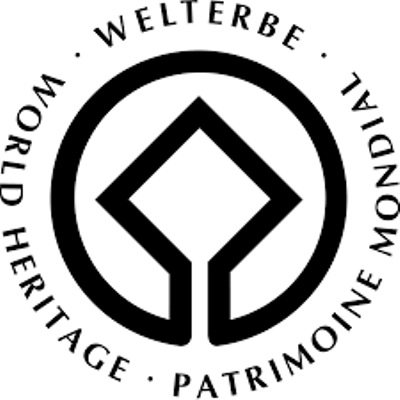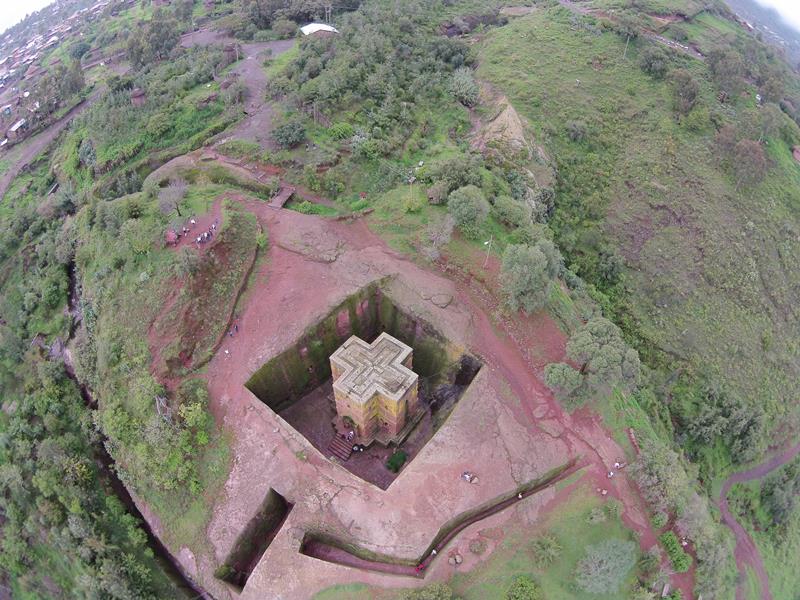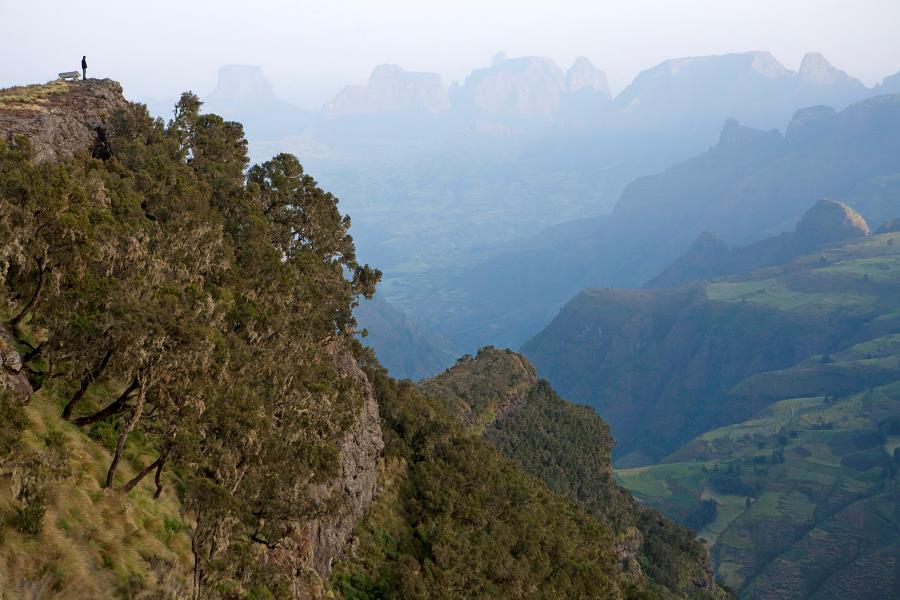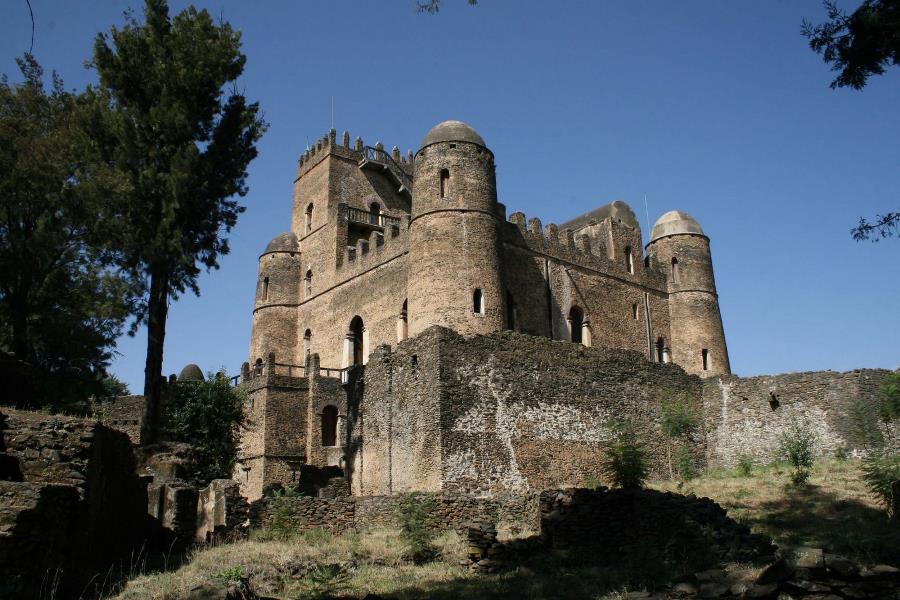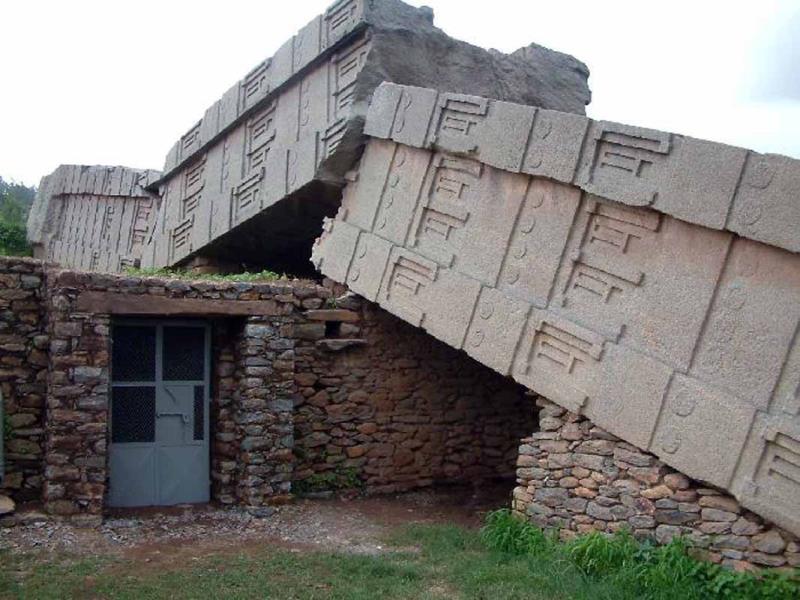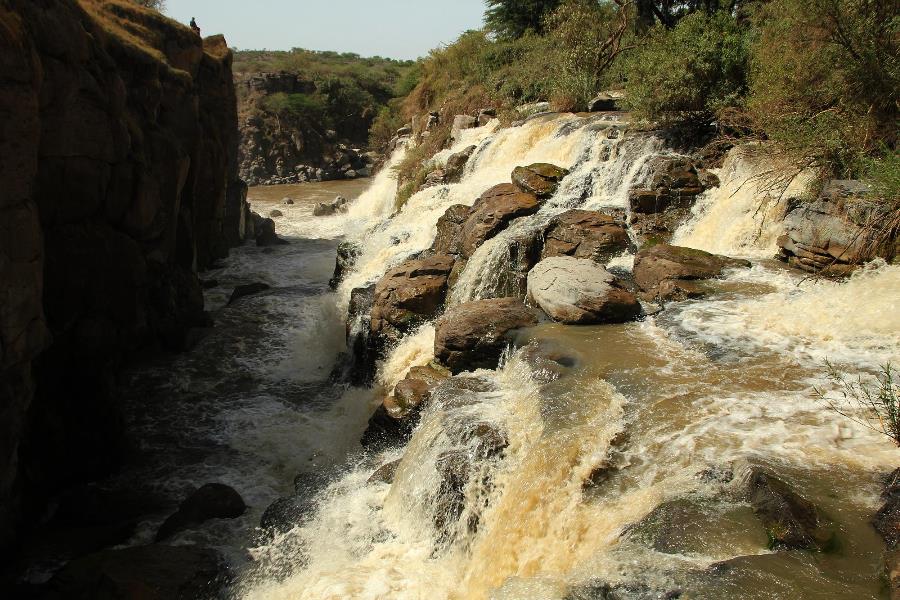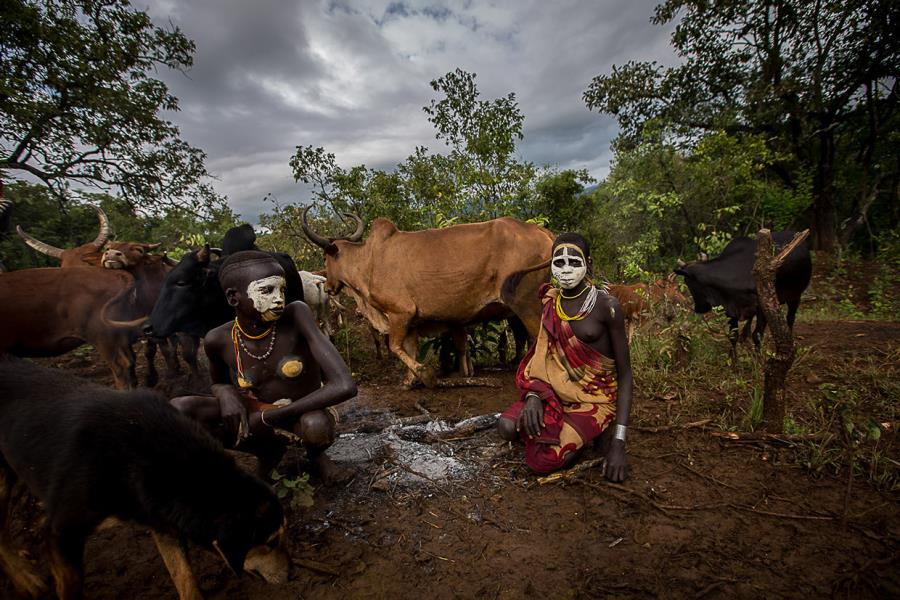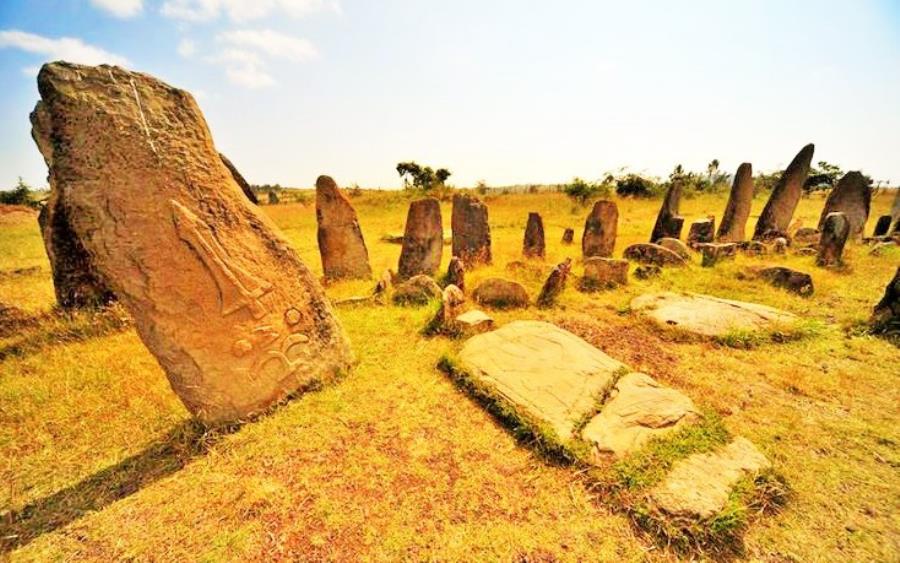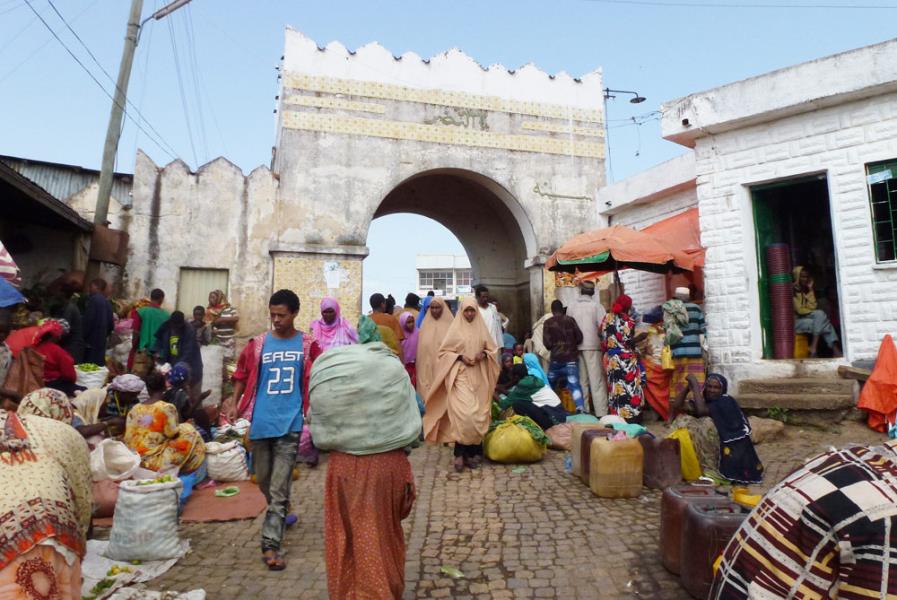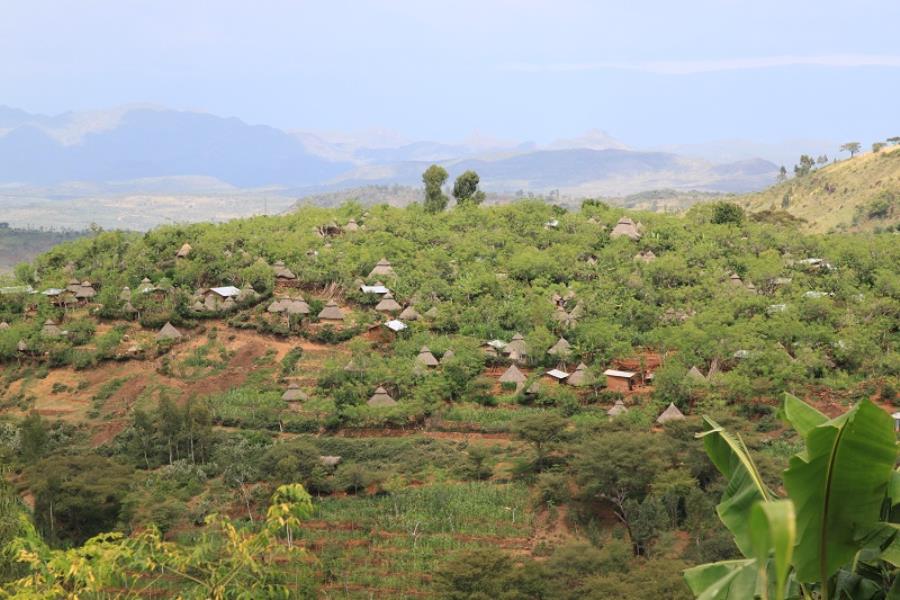Ethiopia is a land of contrast and extreme diversity. From the lowest lowland on earth to the second highest mountain in Africa, from the least complicated fascinating tribes of southern Ethiopia to the capital city and headquarter of Africa, Ethiopia is quite a contrast of historical, cultural and natural attractions.
Traveling in Ethiopia is the same as traveling through time. The rich history of northern Ethiopia – Axum, Lalibela, Gondar, Bahir Dar, Harrar and others dates back more than 3000 years. The fascinating tribes of southern Ethiopia – Konso, Mursi, Surma, Hamer and others make you fall in love with the originality and simplicity of different human living styles.
All these, coupled with the breathtaking natural scenery and wildlife abundance of the country, makes Ethiopia a first travel site to be visited in Africa.
Ethiopia is the earliest known home of humankind. A skeleton of an older human ancestor Australopithecus Afarensis was discovered in 1974 in the Afar region. Anthropologists have established that the skeleton covering 40% of the human body had belonged to a twenty-years-old female that lived 3.5 million years ago. Registered by UNESCO as a World Heritage, the site of the discovery is called Hadar.The Skeleton is popularly known as Lucy or Dinkinesh. The discovery has completed the missing link between apes and men – paving the way for the search to human origins.
In addition, the earliest known hominid, 4.4 million years old Ardipithecus Ramidus was discovered in the Middle Awash in 1992. The recent discoveries include Australopithecus Garhi, 2.5 million-years-old hominid. Garhi means ‘surprise’ in the Afar language – a language spoken in the internationally acclaimed archaeological site.
Independent for three millennia, Ethiopia has survived dynamic historic changes and is the birthstone of great endogenous civilizations. Today’s Ethiopia was once in control over the entire East African territory. At that time it was a world-famous influential powerhouse with absolute control over the Red Sea, Indian Ocean trade routes and South Arabian countries Ethiopia is a country of variety, extremes, uniqueness, freedom, colourful culture, religions, legends, natural beauty and much more. On the map of East Africa, Ethiopia is easily found in the area called the horn of Africa. Covering a total area of 1,112,000 sq. km., Ethiopia shares boundaries with Kenya, Sudan, Somalia, Djibouti and Eritrea. Ethiopia ranks second in Africa for population size. With close to 87 million people, Ethiopia hosts about 83 different tribal groups, all of which speak different languages and have their own cultural codes. The cultural variety, which is a result of immense tribal differences, can be seen among the individual tribes. Rich in culture and a variety of dialects, Ethiopia prides itself on being the only nation in Africa to have its own language (Amharic) and alphabet (Ge’ez).
Ethiopia was the first country to build a Christian church on African soil. Christianity crossed the border in the 4th Century AD during the time of the Axumite kingdom. Even now this church shelters the original Ark of the Covenant brought from Israel by King Menelik I of Ethiopia. It is found in the town of Axum in northern Ethiopia. In addition it is here that the famous pre-Axumite obelisks stand. It is believed that the erection of these obelisks dates back to 300-200 BC. The tallest (33m) has fallen down; the second (27m) was stolen but the third (23m) still stands. These structures are the tallest on earth to be carved out of a single rock.The 12th-century town of Lalibela, located in north-west Ethiopia, has been home to the extraordinarily carved rock-hewn churches since the reign of King Lalibela (1181-1221 AD). These eleven rock-hewn churches are sometimes referred to as the eighth wonder of the world.
Gondar, the town of castles and the 17th century Ethiopian capital, has great historical significance. It was here that King Fasiladas relocated the former capital. The best example of a medieval-period church is that of Debre Berhan Selassie, which adds to Gondar’s charm.
Southwards, the Rift Valley system is another wondrous region where many other attractions are sited. The six or seven Rift Valley crater lakes are home to a large number of bird and marine life. They are also a paradise for nature and water lovers. National parks with their exotic birds, animals and plant life add to the beauty of the Rift Valley region. Beautiful landscapes and natural features are the most enjoyable components of the system. Salt lakes, active volcano sites and caravan routes still number among Ethiopia’s great attractions in the Rift Valley.
Further south is the Omo Valley with its popular ethnic treasures. This is where about 50% of Ethiopia’s ethnic groups live: the Konso with their terraced agriculture and rituals; the Mursi with their clay lip plates and barbarian life style; the Hamer with their bull-jumping ceremony, which young men must experience in order to qualify for adulthood; and the Karo with their body painting and adornment. Here unusual traditions such as dance, music and rituals from birth to marriage and burial are still observed in their genuine and original forms.
Nothing in this planet is quite as spectacular as the Danakil Depression. Bubbling volcanoes light up the night sky, sulphurous mounds of yellow contort into monstrous shapes and mirages of camels cross lakes of salt. Laying 100m below sea level the Danakil depression is about the hottest and most inhospitable place on earth. This will be the best opportunity to visit the fascinating religious celebrations.

